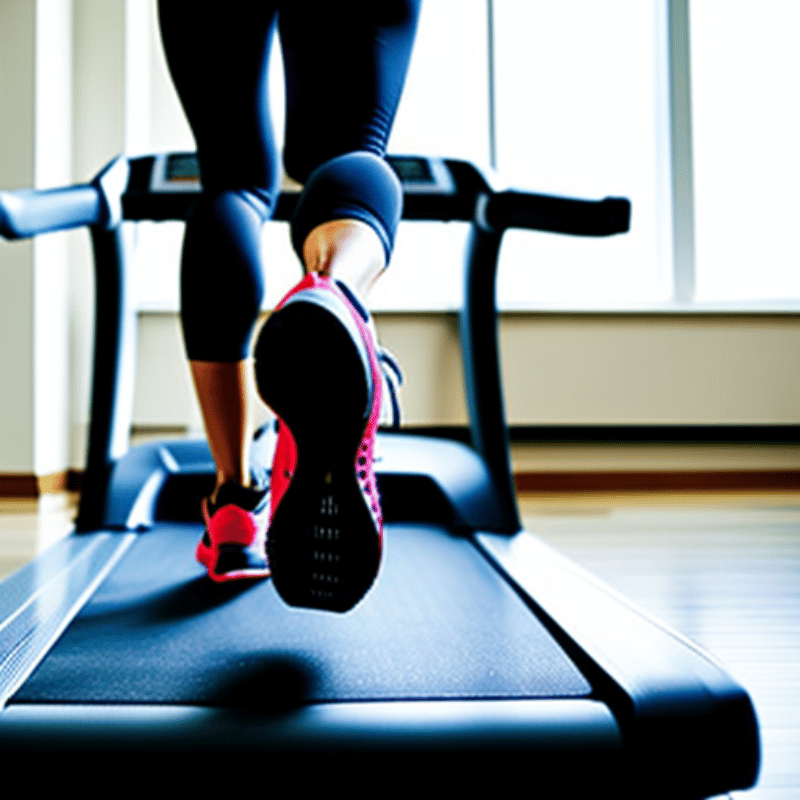Physical activity is an important aspect of a healthy lifestyle, and warming up is an essential component of any exercise routine. But what exactly is a warm-up? A warm-up is a preparatory activity that helps to increase the body’s temperature and get the muscles ready for more intense physical activity.
Benefits of Warm-Up
Warming up has numerous benefits that can improve performance, reduce the risk of injury, and increase flexibility and range of motion. It helps to prepare both the mind and body for the upcoming physical activity and can result in a more enjoyable and effective workout.
Types of Warm-Ups
There are several types of warm-ups that can be used to prepare for physical activity. Stretching, cardiovascular activity, and dynamic movement are some of the most common types of warm-ups.
Stretching
Stretching is the most traditional type of warm-up and involves holding a specific position for an extended period to increase flexibility and range of motion.
Cardiovascular Activity
Cardiovascular activity such as jumping jacks, running in place, or jumping rope can help to get the blood flowing and increase heart rate, making it easier for the body to transition into more intense physical activity.
Dynamic Movement
Dynamic movement involves movements that mimic the specific physical activity that will be performed. For example, if you are going to play basketball, a dynamic warm-up could involve dribbling, shooting, and running drills.
How to Warm-Up
When warming up, it is important to follow some guidelines to ensure that you are getting the most out of your warm-up.
Guidelines:
- Start slowly: Begin with low-intensity activities and gradually increase the intensity as you progress through your warm-up.
- Focus on specific muscle groups: Pay attention to the muscle groups that will be used during the physical activity, and target those areas with specific stretches or movements.
- Increase intensity gradually: As you progress through your warm-up, gradually increase the intensity until you are ready for more intense physical activity.
Example Warm-Up Routine
A sample warm-up routine could include 5-10 minutes of stretching, followed by 5-10 minutes of cardiovascular activity, and ending with 5-10 minutes of dynamic movement specific to the physical activity that will be performed.
Benefits of Warm-Up:
Warming up has numerous benefits that can improve performance, reduce the risk of injury, and increase flexibility and range of motion.
Improved Performance
Warming up can help to increase the body’s temperature, making it easier for the muscles to perform at their best. This can result in improved athletic performance and can make physical activity more enjoyable.
Reduced Risk of Injury
Warming up helps to prepare the body for physical activity, reducing the risk of injury. It can also help to prevent muscle strains and sprains by increasing flexibility and range of motion.
Increased Flexibility and Range of Motion
Warming up can help to increase flexibility and range of motion, making it easier for the body to perform a wider range of physical activities.
Conclusion
In conclusion, warming up is an essential component of any exercise routine. By following some simple guidelines and incorporating different types of warm-ups, you can improve performance, reduce the risk of injury, and increase flexibility and range of motion. So, don’t skip the warm-up, and make sure to incorporate it into your exercise routine for optimal results.





